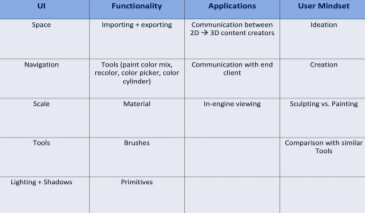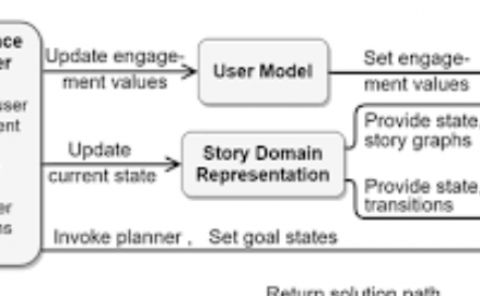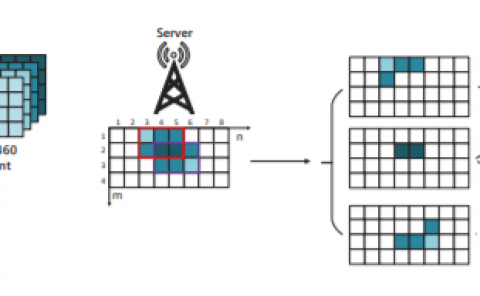Virtual Artistry: Virtual Reality Translations of Two-Dimensional Creativity
PubDate: June 2019
Teams: Adobe
Writers: Laura M. Herman;Stefanie Hutka
PDF: Virtual Artistry: Virtual Reality Translations of Two-Dimensional Creativity

Abstract
This study seeks to provide insight into two-dimensional (2D) artists’ approach to three-dimensional (3D) creativity within a virtual environment. Specifically, this research investigates the widespread assumption that Virtual Reality (VR) provides a natural interface by which traditionally 2D-centric artists may explore 3D content creation. Using a prototype of Canvox, a VR tool that uses voxels to represent 3D space with a single stroke [1], we performed a qualitative study in which artists were observed producing familiar assets in a virtual space. Here, we present data on 2D artists’ expectations for the User Interface (Space, Navigation, Scale, Tool Accessibility, Lighting), Functionality (Tool Functionality, Materials, Brushes, Primitives), Applications (Communication Mechanisms, Use Cases), and User Mindset (Ideation, Creation, Opportunities) for VR creation. Our results offer insights into the bifurcations between artists’ mental models of 2D and VR creativity: in VR, artists expect to create content, while in 2D, artists expect to render representations of content. We also demonstrate the potential use cases of this emerging creative platform.


